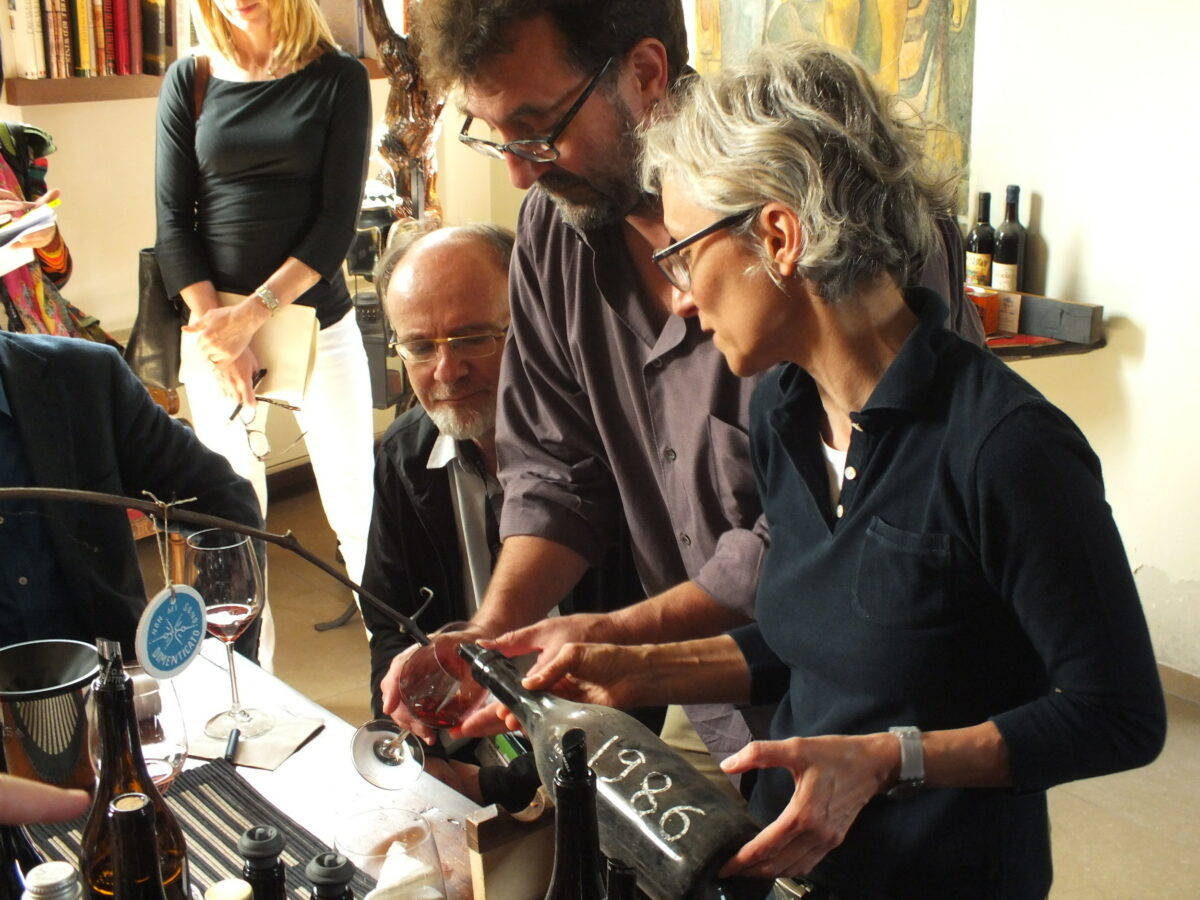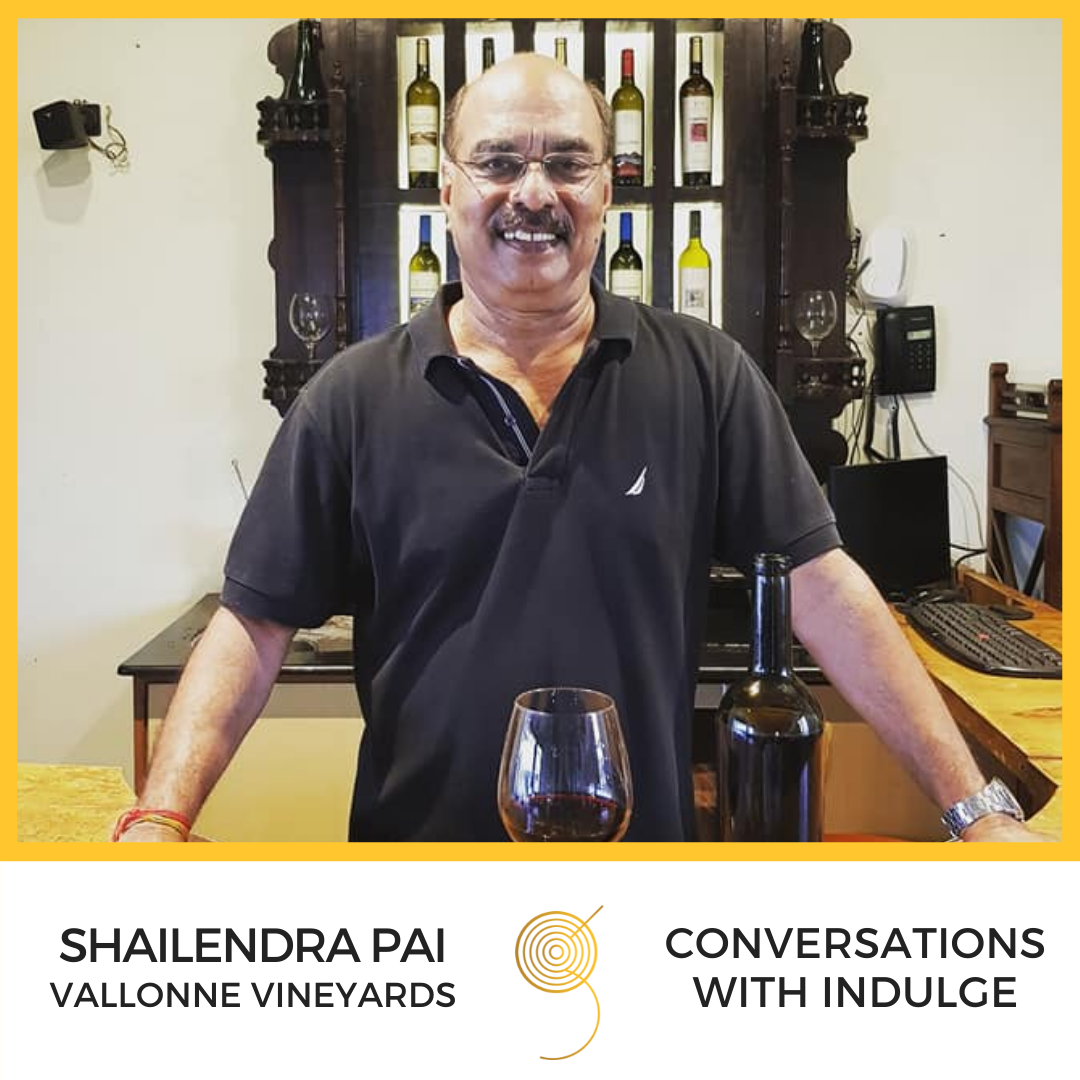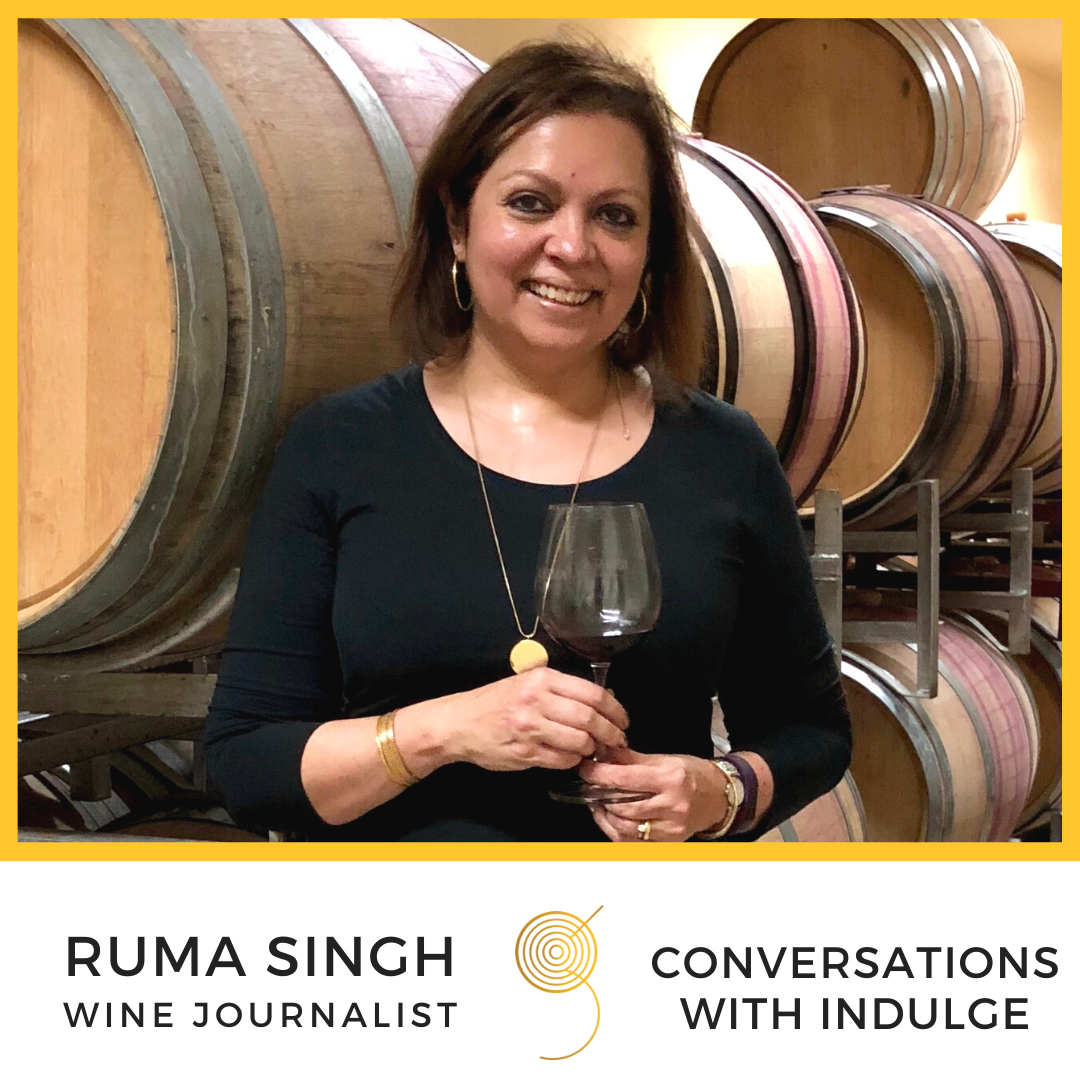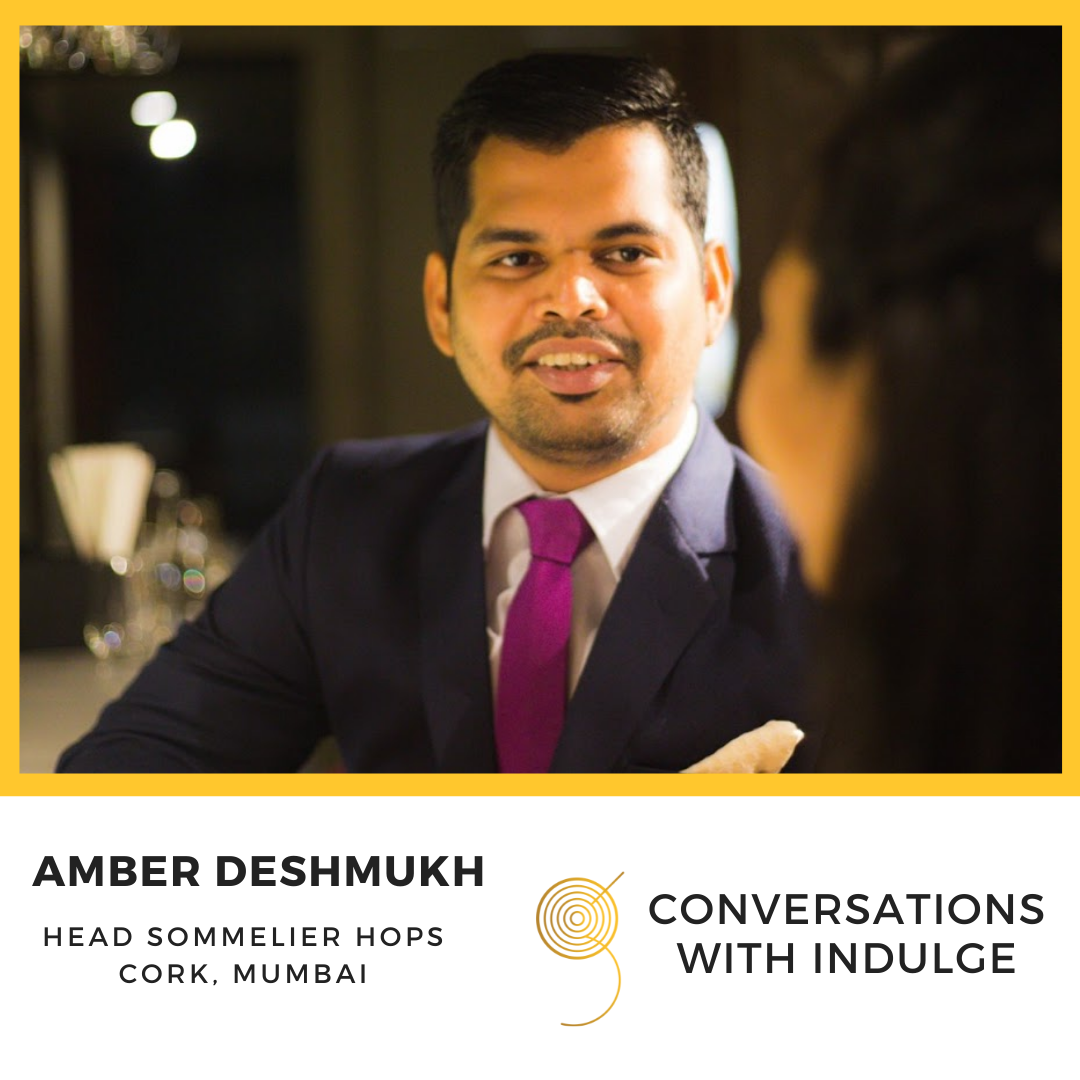Italy holds many vinous gems in its arsenal, more reds than whites. Some that have ruled the palates of aristocrats and kings, marking their place firmly in the history of the country, and some that woke up to their true potential a tad later. Amongst the latter is a wine style that no commendable wine-list across the globe can be complete without – Brunello di Montalcino. Located not far from the Tuscan tourist city of Sienna, Montalcino has for long attracted the top palates and price tags for its muscular and age-worthy reds. However this glory is fairly recently albeit rapidly earned, especially when seen through the prism of Italy’s glorious winemaking history.
STORY SO FAR
The local holm oak trees, called Lecchi, owe the hill its name thus called Montalcino. The region has been repeatedly mentioned in the history for winemaking since the 12th Century but nothing noteworthy came forth till the 19th Century. It was in early 1800s that a group of farmers started experimenting and planting what was considered to be a superior clone of Sangiovese called ‘Brunello’ or ‘Brunellino’. The clone attracted some attention. Clemente Santi, one amongst the few interested farmers, grew especially inquisitive and investigated the clone further. He bottled his first varietal ‘Brunello’ wine in 1860, released by Ferruccio Bondi Santi in 1865. This can easily be claimed as the birth of what was to become amongst the most prominent varietal wine styles of the country. The wine soon sat amongst the top produces of the region, and then claimed its attention globally. However till the 1960s, the region was better known for its sweet and sparkling white wine called Moscadello. Brunello di Montalcino was conferred with DOC in 1966 and till 1970 Bondi Santi remained somewhat to sole player in the game. And then entered the American giant, Banfi, that had earned its reputation with the successful introduction of Lambrusco in the continent. Eyeing the Moscadello sparkling as its next success story, Banfi invested heavily in the area but were badly unsuccessful, thus turning all their plantings in to Brunello. It was not all rotten luck as Brunello di Montalcino became the first wine style to receive a DOCG seal in 1980. Thereafter it was a global phenomenon, with upto 70% of its production being relished abroad. Banfi does deserve a pat on their back for exploiting the well-established network of distribution from their Lambrusco success.
IN THE VINEYARDS
Located South West and further inland from the hills of Chianti, Montalcino has a drier and warmer climate. This further makes it amongst the most arid of all Tuscan DOCG areas. Sangiovese, being the fussiest and notoriously moody at clonal, site, and soil selection seems to adore the area here. The bigger-berried clone, also called Sangiovese Grosso, has a reputation of providing somewhat a consistent yield in Montalcino, which in other parts of Tuscany is the hardest task for an agronomist. Where in Chianti sometimes the grapes are left lurking for more heat, here even the cooler pastures aren’t worried about its ripeness.
The hills are roughly divided between the north and the south. North, based on Galestro soil, is cooler and higher, rising upto 600 metres, providing lighter and elegant crop. The low-laying southern hills, based on clay, deliver more muscular yield and are often hauntingly aromatic, thanks to the cooling winds from the Orcia river. Thus, usually most wines are a mix of the two areas to exploit the best of both.
To generalise the 2000 hectares of Brunello di Montalcino production territory will be inappropriate. It’s not as much to clonal selections, winemaking proficiency, oak integration, and aging regimen of the house as much as it’s to site selection, its elevation, aspect of the vineyards, and the parcels’ soils that the resultant wine would owe its personality. Since Montalcino was declared a UNESCO World Heritage city its viticultural area can no more be altered. This implies more owners of the same land. While this may result into more concentrated production and qualitative produce but at a higher price. The DOCG thus majorly includes small to mid-sized producers. Being a varietal wine style, there is always the lack of insurance of subsidiary varietals in case the vintage turns unsuccessful. Thus, these factors become further imperative to master to have a formidable and consistent produce that can justify its repute, identity, expression of the land, and the price-tag.
OAK TALKS
Much like the Piedmontese reds, there has been a split between producers in their oak regimen. In the 90s, there was a sudden inclination towards barriques. Wines turned oaky sweet and were marred with vanilla, somehow smothering the varietal and the terroir they wanted to showcase. Minus the fad of oaky, boisterous, and bold reds, barriques aided in faster maturation of wines which further implied quicker drinkability and sooner return on investment. However, much like many such fashions, this one wasn’t to stay for long. Producers here take pride in expressing that modernisation hasn’t come to stay at Montalcino. Most realised the dent it was bringing to the hard-earned image of Brunello di Montalcino wines and the dissatisfaction caused amongst its true admirers. Nearly all wineries have returned to the original/traditional style and using big bottis of five to six thousand litres. Though barriques aren’t completely discarded but they’re rarely the dominant influence anymore. Slavonian and French oak is readily used and vintage chestnut barrels frequently dot the cellars. Brunello di Montalcino DOCG recipe requires the wines to stay in oak for a minimum of two years and are released in the fifth leading from the harvest. For wines labelled as Riservas, another six months of oak raging is demanded and they occupy the shelves in their sixth year.Such long a wait further accentuates the price. To resort to this conundrum, a simpler DOC was introduced where the wines could be released after a year of harvest, with a kiss of oak-aging, and be labelled ‘Rosso di Montalcino’. These are fruity, fleshy, youthful, and vibrant rendition of the bigger, matured, and serious Brunello di Montalcino. It’s common to see these wines being rested in barriques that allow more grip and quicker aging to the liquid. It’s also noticeable that younger vines deliver yields for Rosso wines, while the more sturdy and older vines are reserved for Brunello and Riserva labels, yet again promising concentration and quality.
WINES TO TRY
With such variety and distinction in styles, generalising Brunello offerings will be unfair. Trying ample Brunellos and Riservas before making personal picks is sacrosanct. There were my definite favourites though. Bondi Santi’s 1997 Riserva was a testimony of the styles’ ageability, 2008 Casanova di Neri Cerretalto Brunello and Castello Banfi’s 2006 Poggio All’Oro Riserva proved the promise in tending the wine with patience. Le Ragnaie’s Fronace and Ragnaie V.V wines were a commendable window into the north-south divide, with my palate favouring the southern grip and structure. Il Poggione’s 2001 Brunello makes a noteworthy early-drinking drop and must be clutched to appreciate the youthfulness in its style. I’ve always appreciated Antinori’s Pian Delle Vigne Brunello for its maturity and drinkability at a favourable age, and especially for its ready availability in the Indian market. However, my pick from the region was the 2012 Brunello from the house of Sesta di Sopra, nestled in the southern reaches of Montalcino. Their single vineyards site, christened Sesta, was also rated by the Decanter Magazine amongst the 10 best crus in Italy.
Montalcino may be a small tourist city buts its wines’ reputation is one that remains unchallengeable. Regarded as Tuscany’s response to Barolo, its maturity and depth is often spellbinding. Montalcino is not for the impatient, in-your-face, and practical palates. The style has stood the test of time and the wines display the regard for the same ever today. A perfect accompaniment to cigars and bodacious meats, especially game and cattle, Brunello di Montalcino is definitely worth an experience, and discerning occasion, especially once the bottle has celebrated its fifteenth birthday, has been left to breathe and awaken at its own sweet pace. With no place for any other varietal to intrude, or accompany in the bottle, Brunello di Montalcino is undoubtedly the best expression of Tuscan strength and potential. As long as Brunello di Montalcino will celebrate its own existence and tradition, our copas will be lifted in its embrace. Cin Cin!!
First published in Sommelier India Wine Magazine in October, 2017








